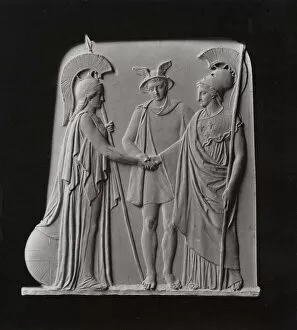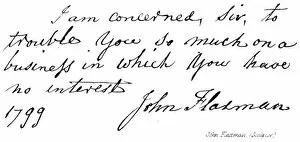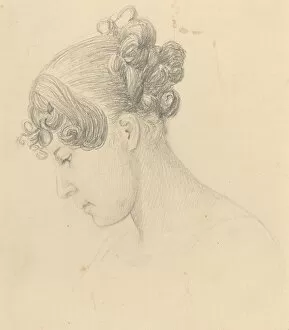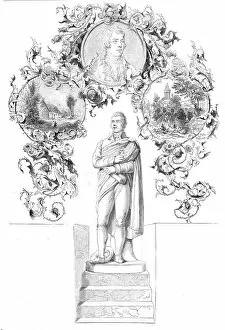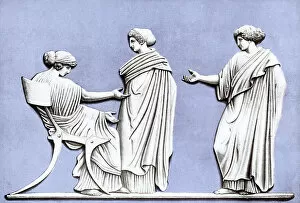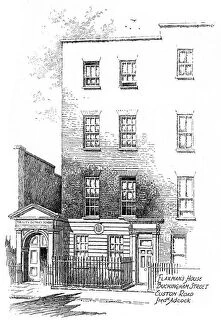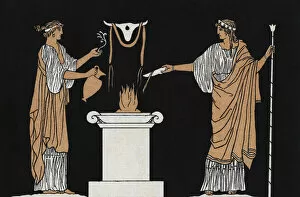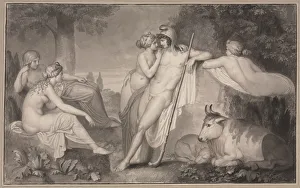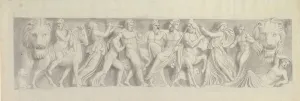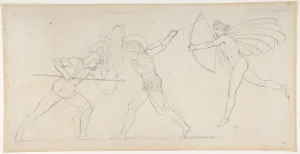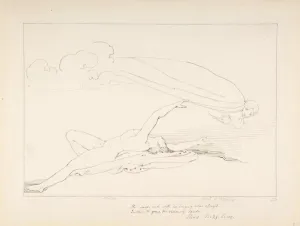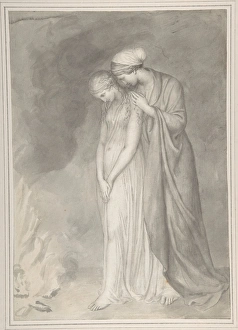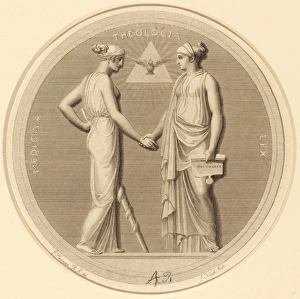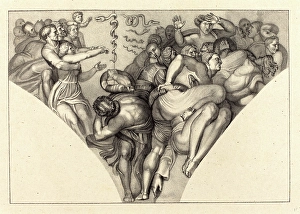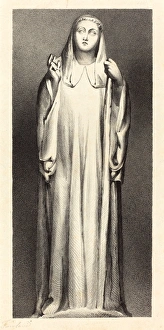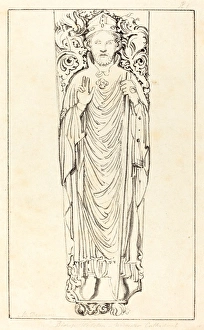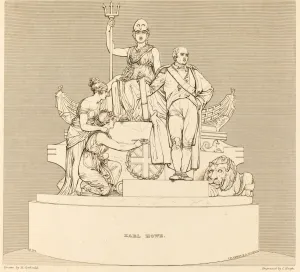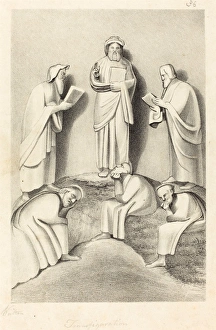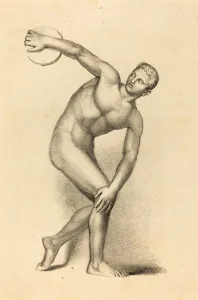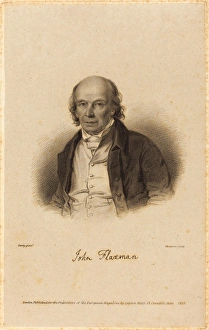John Flaxman Collection (page 2)
John Flaxman was a renowned British artist and sculptor who made significant contributions to the world of art during the late 18th and early 19th centuries
All Professionally Made to Order for Quick Shipping
John Flaxman was a renowned British artist and sculptor who made significant contributions to the world of art during the late 18th and early 19th centuries. Born in 1755, he displayed immense talent from an early age and went on to become one of the most influential figures in neoclassical sculpture. Flaxman's artistic prowess extended beyond traditional sculptures as he also excelled in various other mediums. In 1782, he designed a stunning black basalt bust of Mercury for Wedgwood, showcasing his exceptional skill and attention to detail. His clay models for Wedgwood portrait medallions further exemplified his ability to capture human likeness with precision. One of Flaxman's notable works is "Amphion and Zethus Delivering their Mother Antiope from the Fury of Dirce and Lycus, " created in 1789. This masterpiece depicted a dramatic scene from Greek mythology, highlighting Flaxman's mastery at portraying emotions through his sculptures. Flaxman's talents were not limited to three-dimensional artworks; he also had a knack for portraiture. Several engravings captured his likeness, including one dating back to 1795 that showcased him as a distinguished member of the Royal Academy (RA). Another engraving emphasized his significance within the art community by simply stating "John Flaxman, RA. " His collaboration with Terry Vinicombe resulted in memorable moments at Sidecar TT races throughout the mid-1960s. The duo rode powerful BSA motorcycles, leaving spectators awestruck with their skills on the track. In addition to these achievements, Flaxman contributed significantly to Wedgwood's iconic jasperware collection. He designed pieces such as "Sacrifice to Hymen" (1775) and "Peace Preventing Mars From Opening the Gates of Janus" (1787), both showcasing intricate bas-reliefs that added a touch of elegance to the pottery.



